Regulators & Filters
Regulators and filters control air pressure and clean contaminants for reliable pneumatic operations.
Understanding the Role of Regulators
A regulator plays a crucial role in your pneumatic tool setup. It controls the air pressure that powers your tools, ensuring consistent performance. Too much pressure can damage your tools, while too little can result in ineffective functionality. Ideally, regulators allow you to fine-tune the pressure to meet the specific requirements of each tool.
For example, a paint sprayer might require lower pressure than an impact wrench. Without a regulator, you could risk damaging delicate tools or not having enough power for heavy-duty operations. Investing in a good quality regulator aligns with your aspirational goal of mastering pneumatic tools efficiently and safely.
Importance of Filters in Pneumatic Systems
Filters are an essential component of any pneumatic system, working to remove contaminants such as dust, dirt, and moisture from the air supply. Contaminants can negatively impact the performance and lifespan of your tools. Clean, dry air is key to ensuring that your pneumatic tools operate smoothly without unnecessary wear. For more information on the importance of regulators and filters in air systems.
Imagine working on a big project and your tool fails because of moisture build-up or dirt clogging its delicate parts. Using filters significantly reduces this risk. Popular options include particulate filters, coalescing filters for oils, and vapor removal filters. By combining these types, different layers of contamination can be effectively managed.
Choosing the Right Regulator and Filter Setup
When selecting regulators and filters for your pneumatic system, it’s important to consider the specific needs of your tools and the environment in which you work. Here are a few guidelines to help you make better choices:
-
Pressure Requirements: Determine the pressure range needed by your tools and select a regulator that accommodates that range. Check the specifications for each of your tools to understand their individual requirements.
-
Type of Filter: Evaluate the types of contaminants you’re most likely to encounter and choose a filter that addresses those. If you work in a dusty environment, a particulate filter might be more critical. For areas with high humidity, a moisture-removing filter would be more beneficial.
-
Maintenance Needs: Look for options that are easy to maintain and clean. Filters require regular maintenance and checking to ensure their effectiveness, so simplicity in design can save time.
If you’re uncertain about making the right selection, consult with professionals or suppliers who can guide you based on their experience and expertise. Online resources, such as the Society of Manufacturing Engineers, can also provide valuable insights into the latest technologies and tools available.
Benefits of Properly Managed Pneumatic Systems
Adopting well-matched regulators and filters maximizes tool performance and lifespan. Additionally, a properly maintained system contributes to safety by minimizing the risk of tool failure.
Ultimately, understanding and efficiently using these accessories contributes significantly to the satisfaction and success of your pneumatic projects. Embrace the aspirational goal of becoming proficient with pneumatic tools by ensuring a clean, controlled air supply that’s tailored to your needs. Engage in regular maintenance and stay informed to protect your investment and enhance your experience.
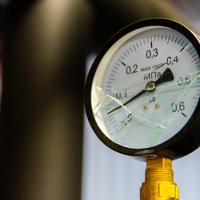
An overview of the role of regulators and filters in maintaining efficient and safe air systems.
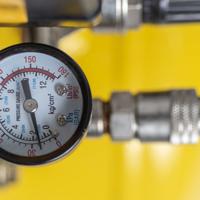
Fittings & Couplers connect hoses and tools seamlessly.
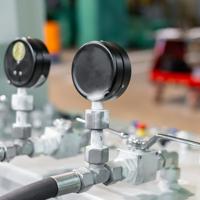
A guide to selecting and maintaining hoses and reels for pneumatic power tools.
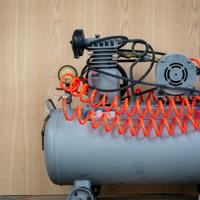
Practical advice on maintaining air tools to ensure steady performance.

A clear explanation of fittings and couplers in pneumatic systems.
A clear and practical guide to safe and effective air tool usage.
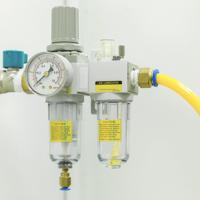
A detailed guide on maintaining your air compressor for optimal performance.
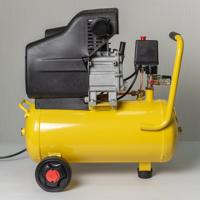
Air tools enhance precision and efficiency in a variety of metalworking tasks.